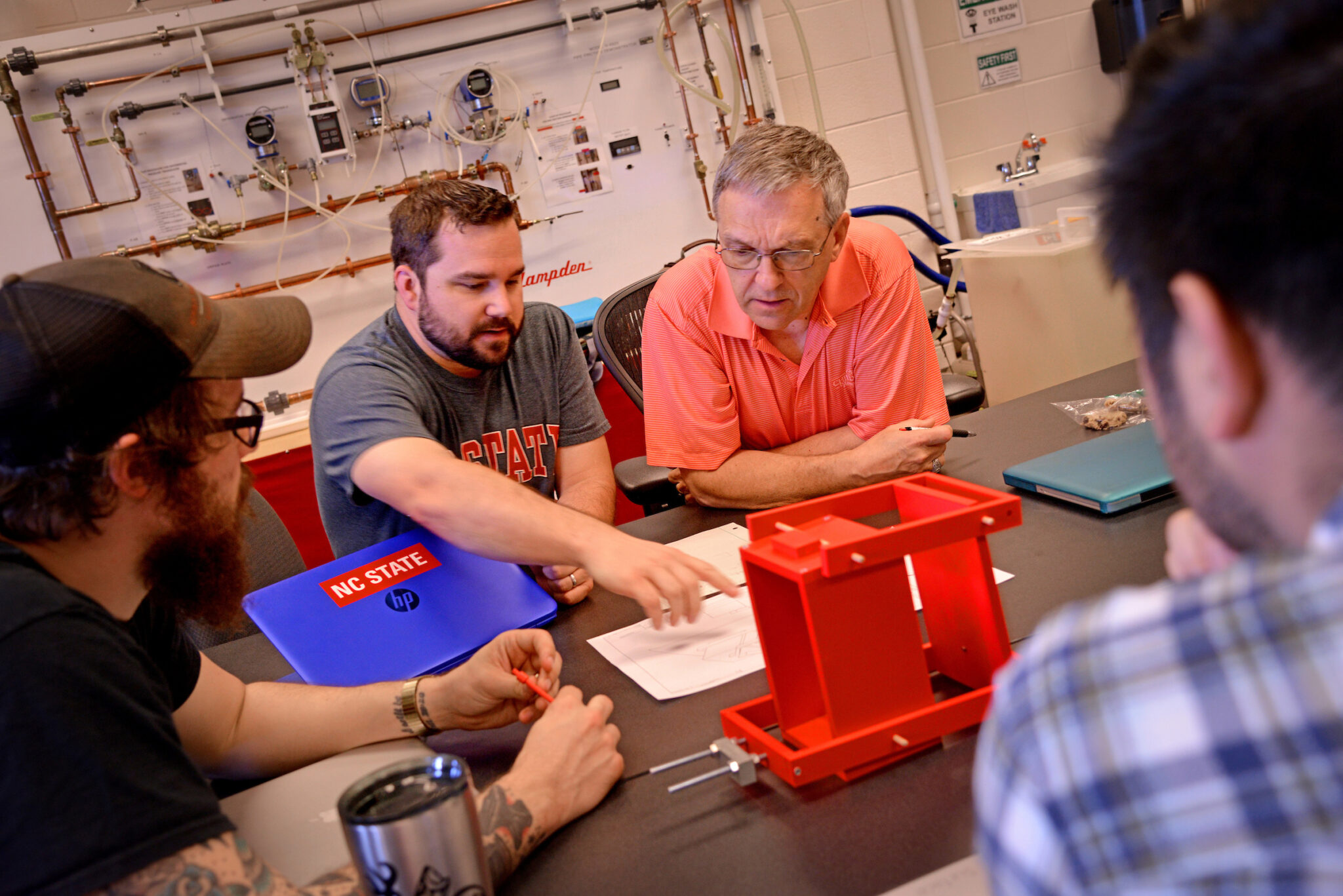The Importance of the First Two Pages of a Proposal

The first two pages of a proposal are arguably the most important pages of the proposal because they set the tone for everything that comes after. An effective proposal introduction is clear, concise, and needs to make a lasting and positive impression. This introduction is a proposal’s first impression on reviewers and, as they say, you can only make one first impression.
Make a case. The first two pages of a proposal should serve as an executive summary or an elevator pitch. Of course, they need to point out important elements of the project – they should state the main claim of the proposal and the project’s research question or hypotheses. But the major focus of the first two pages should be making a case as to “why us and why now.” A proposal should tell reviewers right away why they should fund this project and this team.
These first pages should express the team’s passion about the work that is being proposed. Meaning, they should explain that the impact of the proposal would be transformative and that this opportunity would allow the team to do something significant.
Essentially, the first two pages should set up the rest of the proposal and establish the scope. Everything in these pages should be expanded throughout the rest of the narrative. The job of these pages is to put things in context for reviewers and discuss the significance of the research problem being addressed. Because of that, the introductory section may be easier to write once the main body of the proposal is complete and you can be sure to summarize all the important points that came out in the proposal development process.
Get to the point. Be blunt rather than subtle in this introductory section. Someone should be able to read through the first two pages and know exactly what the proposed project wants to accomplish. Clearly state your case, what problem the project is trying to solve, and/or the opportunity being seized. Do not make reviewers search out the main points. Reviewers do not want to search for a proposal’s objectives, the proposed outcomes, or why this team is the team to get it done.
Do not leave any possibility that a reviewer will finish the first two pages of a proposal and not have a clear sense of what the proposal is trying to accomplish. They should also never wonder why certain information is being provided.
Make a lasting impression. These first pages – the proposal’s first impression – provide reviewers with an initial impression of the proposal’s argument and overall quality. A concise and engaging first impression will keep reviewers engaged. If the first two pages do not hit home the “why us, why now” argument, reviewers may miss it entirely and give up on your proposal.
It may be tempting to gloss over the introduction and delve into the research. Obviously, the research is the meat of the proposal. There is not a proposal without it, but do not underestimate the need to draw reviewers in. Use these first two pages to give them a road map to your research objectives and how you are going to accomplish them.
All of this to say…The first two pages need to accomplish a lot. They need to create the right impression. They need to establish the proposal’s scope. They need to explain the significance of the research problem. They need to argue why this team should be funded at this moment in time. And they have to do all of that while also being engaging and concise. It is a lot, but it is easily attainable when crafting a well-written introduction is part of your proposal development process and time for developing the first two pages is built in to the writing of the proposal narrative.
- Categories:


